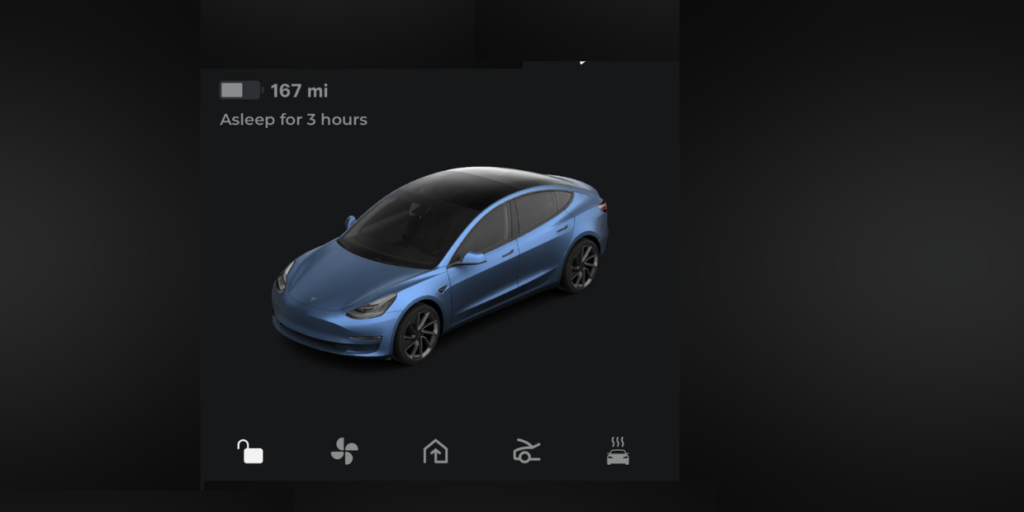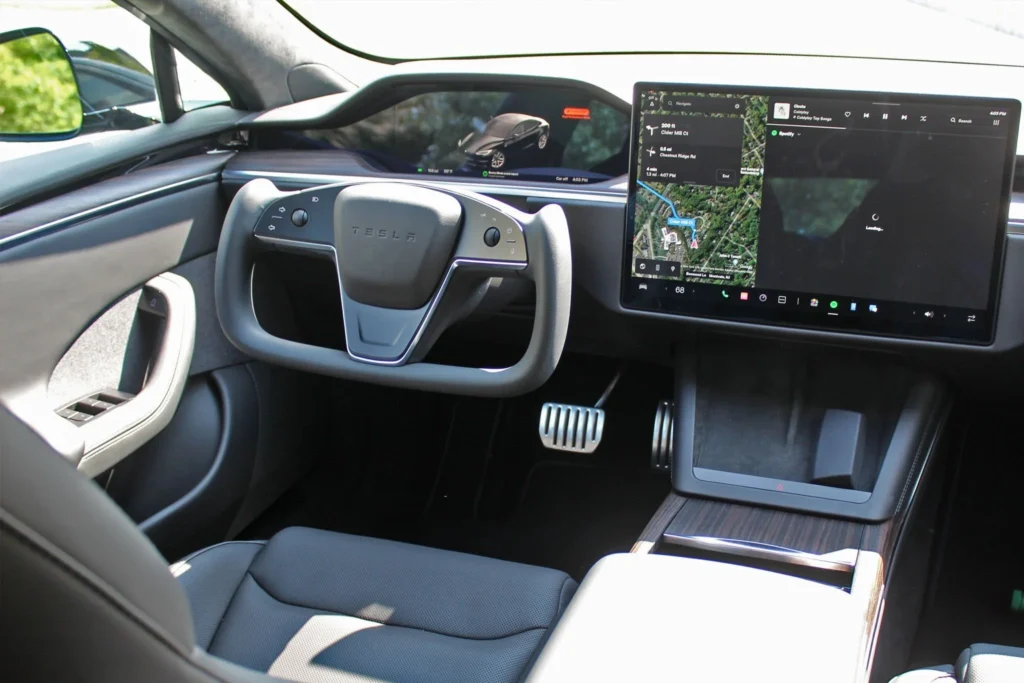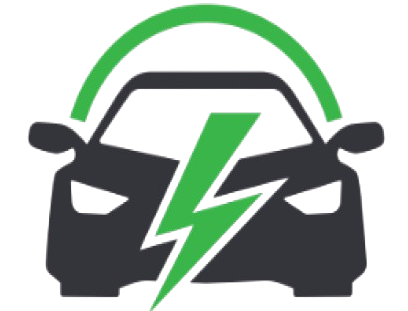

Tesla Model S Slow to Wake Up: Discover Effective Fixes
If your Tesla Model S slow to wake up, it might be because of software issues, network connectivity or high power issues.
The Tesla Model S is renowned for its advanced technology, exceptional performance, and innovative features. However, many owners have reported experiencing delays when waking up their vehicles from sleep mode. This phenomenon, often described as “slow to wake up,” can be frustrating, particularly when you’re in a hurry or eager to start your journey.
In this article, we’ll explore the reasons behind this issue and provide practical solutions to ensure a quick response from your Model S.
Understanding Tesla’s Sleep Mode
Before diving into the causes and fixes for slow wake-up times, it’s essential to understand how Tesla’s sleep mode works. When not in use, the Model S automatically enters a low-power state to conserve battery life. This sleep mode reduces energy consumption significantly, but it also means that certain systems and functions are temporarily turned off. When you attempt to wake the car, it needs a moment to fully power back up, which can result in delays.
Common Causes of Slow Wake-Up Times

Battery Management System (BMS) Settings The Tesla Model S’s Battery Management System plays a crucial role in maintaining battery health. If your vehicle’s BMS settings are overly conservative, it may cause slower wake-up times to protect battery longevity. This can be particularly true in colder climates, where the battery may take longer to heat up before it can deliver power efficiently.
Software Issues
Tesla regularly updates its software to enhance performance and fix bugs. However, sometimes these updates can introduce new issues. If your Model S is running outdated software, it may experience slow wake-up times due to bugs or inefficiencies in the system. Ensuring your car’s software is up to date can help mitigate this problem.
High Power Usage
If you’ve been using high-power features such as climate control, infotainment systems, or charging, your Model S may take longer to wake up. When these systems are engaged, the vehicle may need more time to reboot them after being in sleep mode.
Network Connectivity
The Model S relies on a stable internet connection to access certain features and services. If the vehicle is having trouble connecting to Wi-Fi or Tesla’s LTE network, it may delay the wake-up process while attempting to establish a connection.
External Temperature Conditions
Extreme cold or hot weather conditions can affect the performance of your Tesla Model S. When exposed to low temperatures, the battery may take longer to warm up, causing a delayed response when waking from sleep. Similarly, high temperatures can also impact the vehicle’s systems, potentially leading to longer wake-up times.
Solutions for a Slow Wake-Up Issue

If you’re experiencing slow wake-up times with your Tesla Model S, here are some practical steps you can take to resolve the issue:
1. Check for Software Updates
Regular software updates are essential for optimal vehicle performance. To check for updates:
- Navigate to the Software tab in your car’s touchscreen.
- If an update is available, install it as soon as possible. Keeping your software current can eliminate bugs that may contribute to slow wake-up times.
2. Adjust Battery Management Settings
For Tesla owners concerned about slow wake-up times in colder climates, adjusting your Battery Management settings can help:
- Consider setting your charging schedule to ensure your Model S is warmed up and ready to go when you need it.
- Preconditioning the battery before driving can help optimize performance and reduce wake-up times.
3. Limit Power Usage
If you notice that your vehicle takes longer to wake up after using high-power features, try limiting their use when the car is in sleep mode. For example:
- Turn off climate control or other high-energy systems before parking your vehicle.
- If you plan to park for an extended period, consider turning off any unnecessary functions that may drain power.
4. Ensure Stable Connectivity
Check that your Model S is connected to a reliable Wi-Fi network or has a strong LTE signal:
- If you’re parked in a location with poor connectivity, try moving to an area with better coverage before leaving the vehicle.
- Regularly update your vehicle’s network settings to ensure it can connect quickly when waking from sleep mode.
5. Monitor External Temperature
If you live in an area with extreme weather conditions, consider these strategies:
- Park your Model S in a garage or shaded area to protect it from extreme temperatures.
- Utilize Tesla’s preconditioning features to prepare the battery and interior before driving in cold weather.
Preventive Measures for Future Wake-Up Issues
To minimize the chances of experiencing slow wake-up times in the future, consider implementing these preventive measures:
Regular Maintenance: Schedule regular maintenance checks with Tesla to ensure your vehicle is in optimal condition.
Stay Updated: Keep abreast of Tesla forums and updates, as other owners may share insights about similar issues and solutions.
Battery Health: Monitor your battery health using the Tesla app. Keeping your battery in good condition can prevent performance issues.
Explore about the Tesla Model Y Streaming Not Working.
Conclusion: Tesla Model S Slow to Wake Up
Experiencing slow wake-up times in your Tesla Model S can be inconvenient, but understanding the causes and implementing the solutions outlined in this article can help you address this issue effectively. By ensuring your software is updated, managing battery settings, and optimizing your vehicle’s connectivity, you can enhance your Model S’s performance and ensure a quicker response when you’re ready to drive.
With these tips, you can enjoy the cutting-edge technology of your Tesla Model S without the frustration of delays when starting your journey.
Frequently Asked Questions (FAQs)
Why is my Tesla Model S not sleeping?
Your Tesla Model S may not be sleeping due to several factors, such as active climate control, Sentry Mode, Summon Standby, or third-party apps accessing the vehicle. These features prevent the car from entering sleep mode to conserve energy. To fix this, disable unnecessary features and ensure no external apps are keeping the vehicle awake.
Why do Tesla’s slow down?
Tesla vehicles may slow down due to several reasons, including regenerative braking, which uses motor resistance to recover energy while decelerating. Other factors include Autopilot engaging to maintain safe distances from other vehicles, speed limit restrictions, or energy-saving measures to extend range. Additionally, environmental conditions like steep inclines or software updates may temporarily affect performance.
Tesla Model S Slow to Wake Up
- Tesla Model S Slow to Wake Up: Discover Effective Fixes

- Tesla Model Y Streaming Not Working: Common Issues and Fixes

- Tesla Model Y Bike Rack Without Hitch: Best Solutions for Cyclists

- Tesla Model Y Anti-Theft Device GEICO: A Comprehensive Overview

- Tesla Forward Collision Warning Too Sensitive: How to Address and Optimize the System

Add a comment Cancel reply
Categories
- No categories
Recent Posts
About us

Related posts


Tesla Forward Collision Warning Too Sensitive: How to Address and Optimize the System

Tesla Cabin Overheat Protection No A/C: Essential Insights 2024









